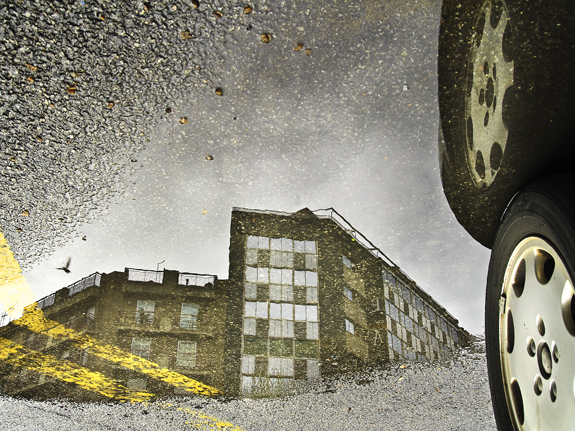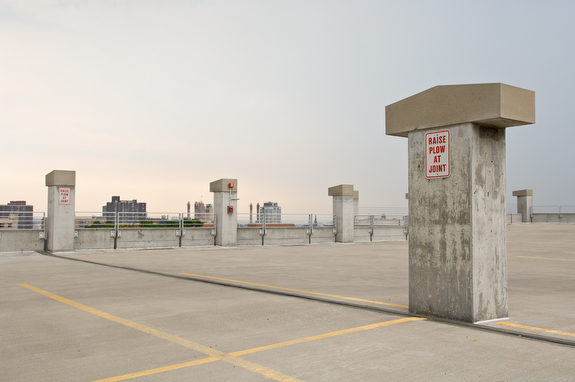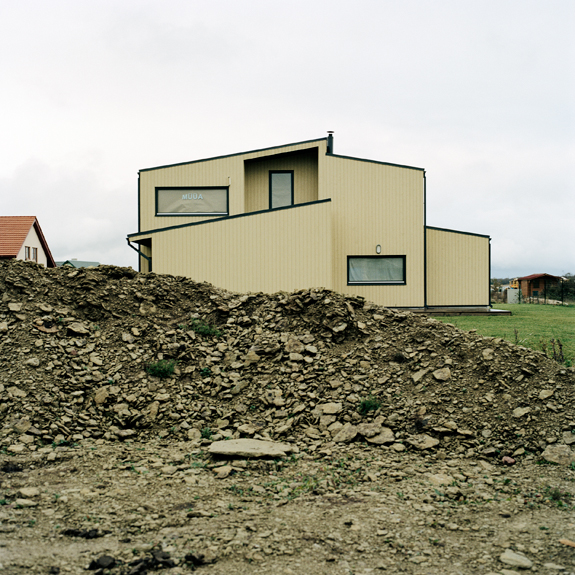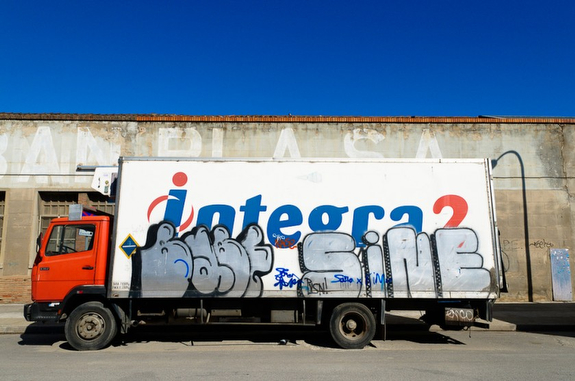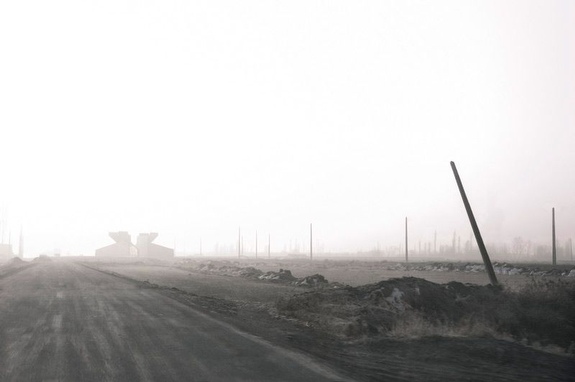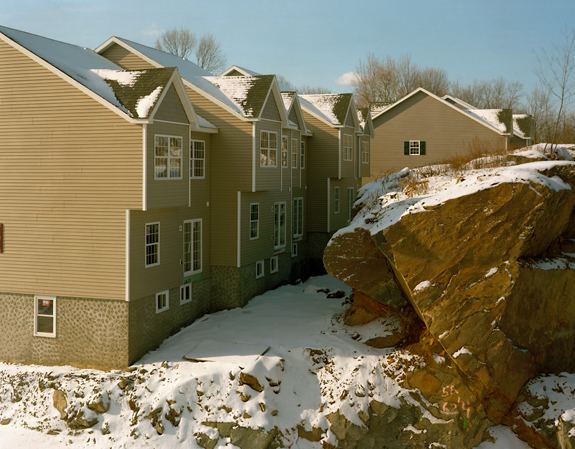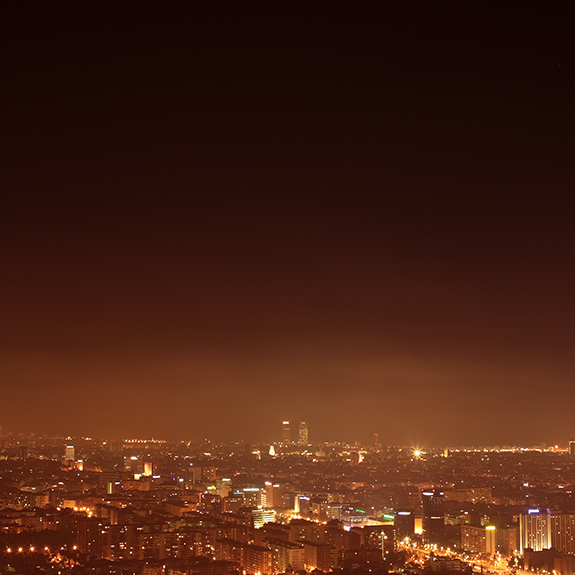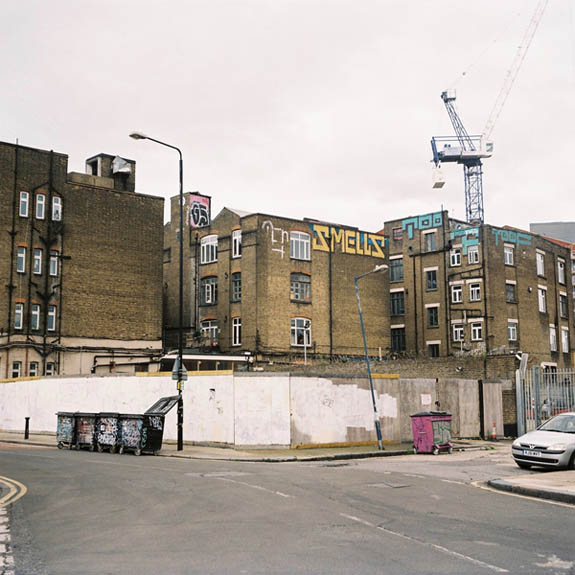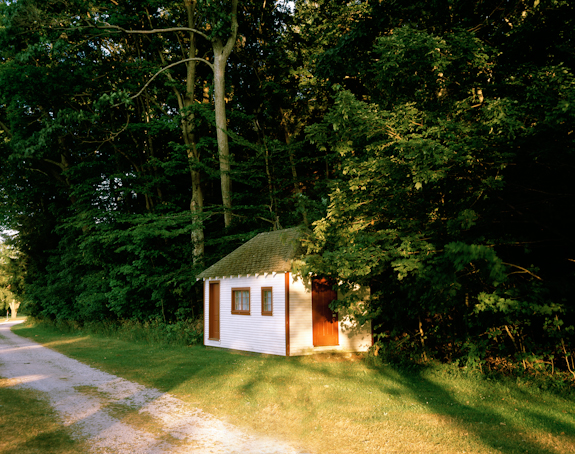
www.StephaniePennPhotography.com
The End of Summer is a series of photographs taken in or around White Lake, Michigan, where I spent my childhood summers staying with my grandparents. These photos are a visual commentary about what it is like to go back to a place that holds significant memories and experiences. Although it is often said that one can never truly “go home,” I wanted to go back to try to capture some of the memories that shaped me and still serve as inspiration to me. I wanted to capture the bright green trees, the ear-ringing silence, the pitch-black nights, the warm lake water, and the freshly-cut grass. Although many of these memories do not have a direct visual representation, this body of work focuses on small details to evoke a sense of place.
— Stephanie Penn, Alameda, California, USA
